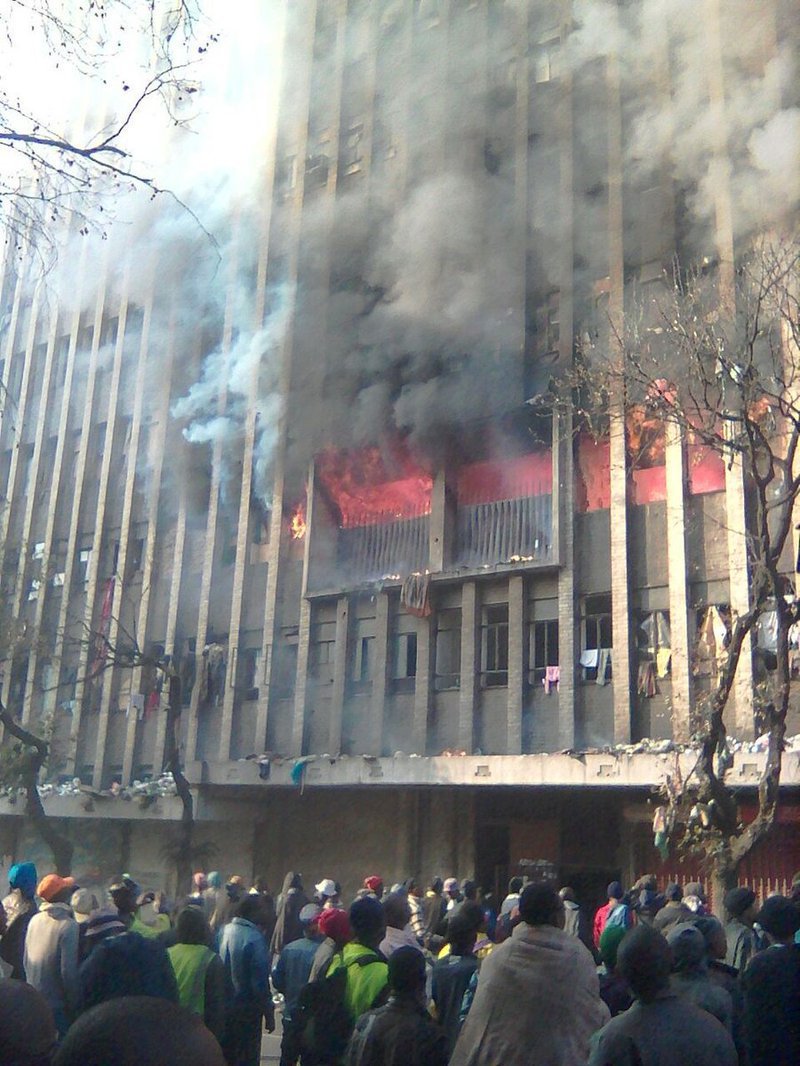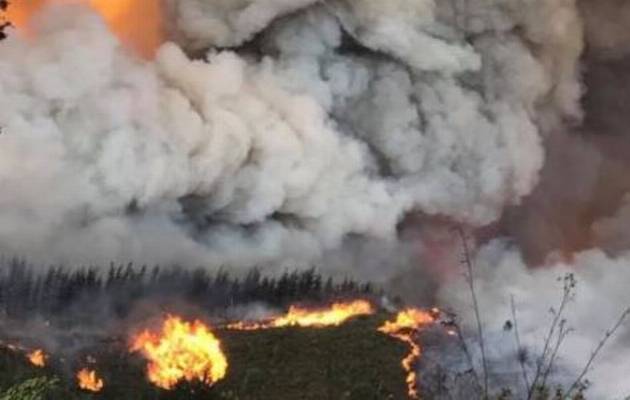Yesterday, seven were confirmed dead as the result of a fire in the City York building in the Johannesburg CBD. One of the victims died when he jumped from the burning building. Four people who were stuck on the roof were thankfully saved, as well as fifty other people. Investigations are underway, but as of now, the cause is unknown.
Topics: Career in Health and Safety, HSE, Safety training, HSE training
We’re now halfway through unpacking the process of rolling out your workplace safety training, and it’s time to move on to how to develop your training materials.
Topics: work safety, Occupational Health and Safety, Safety training, HSE training
#GrenfellTower fire: How safety officials may have been derelict in their duties
The topic of fire - and fire safety - is extremely topical at present, both locally and internationally. Which is why we thought you'd be keen to see the latest article published on the SAMTRAC blog page. It takes a look at the recent tragic fire at Grenfell Towers in the UK, with nine essential points every safety professional should note when ensuring a building is equipped to handle similar kinds of emergencies.
Topics: Fire safety, HSE best practice, hse fails, HSE training
Risk management is usually the responsibility of risk managers/professionals in separate business units working with different risk management systems. This contributes to a lack of risk information sharing and a lack of understanding of the organisation’s key risks, which prevents optimum results from being achieved. Although business units may function in isolation, risks certainly do not.
Topics: work safety, Risk management, HSE, integrated, software, SHE, Incident Investigation, Reporting
Today, we return to our series on rolling out an effective workplace safety. Now that you’ve performed your training-needs analysis and figured out how to apply adult learning principles, it’s time to move on to step 3 of rolling out your HSE workplace training – namely, developing learning objectives.
Topics: training, Safety training, HSE training, training programme
In May of this year, NOSA acquired the Occupational Hygiene (OH) and Occupational Health and Safety (OHS) divisions of LexisNexis Legal & Professional (part of RELX Group). Duncan Carlisle, CEO of NOSA, took a moment to answer a few key questions around this acquisition.
Topics: Occupational Health and Safety, NOSA news, Press release
What the #Knysna fires reminded us as safety professionals
In the week that ended on the 9th of June, South Africans were just recovering from the devastation left by the massive storm in the Cape, when they were confronted with the news that Knysna – and pretty much all of Knysna – was burning. At the time of writing this story, seven people have died, including a farmworker, his pregnant wife and toddler son, with 10 000 people having been evacuated from their homes and taken to safety.
Topics: News and Opinions, Fire safety
How to apply adult learning principles in workplace safety training
We’ve covered how to implement a training-needs analysis. In the second of our blogs on rolling out HSE training in the workplace, we focus on the adult learning principles you’ll need to adopt for the training to be effective. The workers you want to train are adults, and adults share certain characteristics that make training more effective for them (or less effective if you ignore the characteristics). If your training recognises and respects these adult learning principles, it is likely to be more effective. If your training disregards these principles, you’re wasting training money.
Topics: work safety, Safety training, HSE training, training programme, adult learning
#CapeStorm: Here’s how to stay safe, no matter where you are
Today Cape Town residents are ‘battening down the hatches’ as a massive storm has hit the area, with roofs being blown off dwellings, roads closed and trees uprooted. A number of people have already been displaced, with residents doing their best to stay warm and dry, and working together to help those in need.
Topics: HSE, road safety, Safety, HSE best practice













